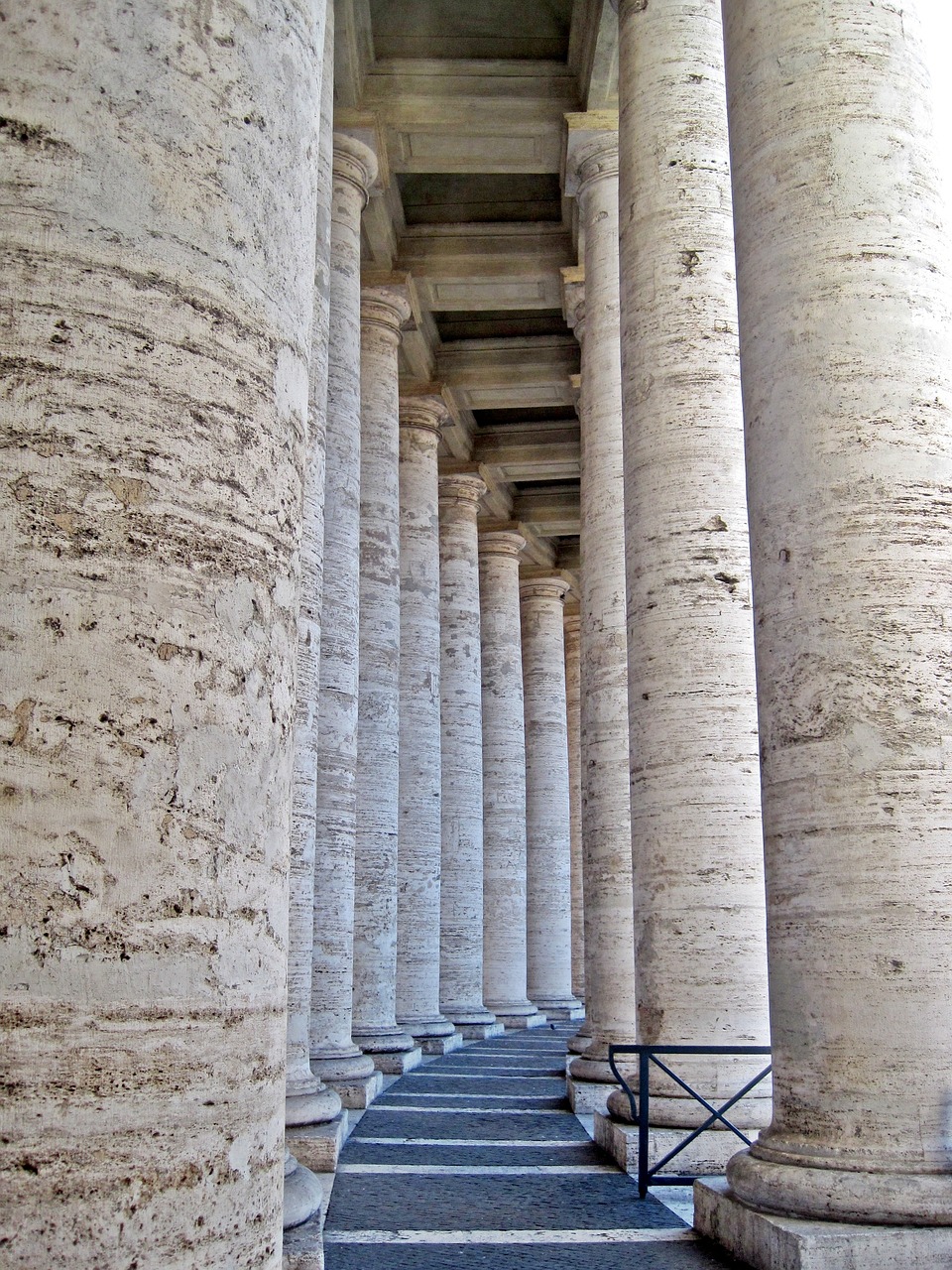Embark on a journey into antiquity as you explore the works of Baroque artist Gian Lorenzo Bernini. In Rome’s Borghese Gallery lies the profound sculpture, Rape of Proserpina, created in the 17th century. This masterpiece not only highlights Bernini’s unparalleled skill but also tells a poignant mythological tale relevant to the audience during the Counter-Reformation period. His ability to manipulate marble allowed him to craft forms and expressions that resonate with deep emotion and sorrow.
The Mythological Narrative of Pluto and Proserpina
The tale at the heart of Bernini’s creation harks back to ancient lore. The figures of Pluto and Proserpina are central to this narrative, echoing the mythological themes of both Roman and Greek traditions, where Pluto corresponds with Hades and Proserpina with Persephone. Accompanying them is the formidable three-headed dog, Cerberus. The very essence of the sculpture’s name—Rape of Proserpina—captures the grim event that inspired its art.
According to the myth, Proserpina, the offspring of Ceres, the goddess of fertility, and Jupiter, the god of the sky, attracts the attention of Pluto, her uncle and ruler of the Underworld. While frolicking in a meadow, gathering flowers, Proserpina is forcefully abducted by Pluto in a chariot drawn by four dark horses. In despair, Ceres searches for her missing daughter, neglecting her agricultural duties, which bring about famine and desolation across the land. Witnessing these travails, Jupiter intervenes, dispatching a divine messenger first to Ceres and subsequently to Pluto. Although Pluto pretends to relinquish his hold on Proserpina, it is a deception; he offers her pomegranate seeds to consume, forever binding her to the Underworld.
The myth conveys that during Proserpina’s absence from the land of the living, winter ensues as Ceres mourns her lost child. Conversely, every spring, Proserpina returns to her mother for half the year, allowing the earth to flourish once more.
Historical Context and Bernini’s Impact
As a prominent figure in Baroque Rome, Gian Lorenzo Bernini distinguished himself through innovative design and a remarkably dramatic style. He initiated his artistic journey in his father Pietro’s workshop, eventually earning commissions from influential patrons, including popes and cardinals. His prowess defines the artistry of the 17th century.
Bernini’s creation of grand marble sculptures solidified his status as a leading sculptor of his time. Commissioned by Cardinal Scipione Borghese for his villa, the Rape of Proserpina was one of these significant works. Remarkably, Bernini completed this masterpiece at just 23 years of age, beginning in 1621 and concluding the following year, receiving multiple payments for his work. After its completion, the sculpture passed through the hands of various cardinals until it was finally returned to Villa Borghese at the Italian government’s request in 1908.
A Closer Look at Rape of Proserpina
Crafted from exquisite Carrara marble, Bernini’s Rape of Proserpina achieves an extraordinary sense of realism, making the stone appear malleable under his skillful hands. The artist captured the human form with meticulous detail, comparing the medium to wax in its pliability. This is evident in the vivid representation of Pluto’s muscular physique and his elaborately styled hair and beard, which convey a sense of authority. His grip on Proserpina, whose expression reflects revulsion and horror, narrates a struggle during her abduction.
The dynamic quality of the piece captures a frozen moment of tension, as if time has halted in the midst of their emotional turmoil. Notably, one of Cerberus’s three heads appears to be in motion, amplifying the chaotic ambiance. The depiction deviates from the serene poise typical of the Renaissance, embracing the vigorous emotions characteristic of the Baroque era. The most arresting imagery is Pluto’s firm hold on Proserpina, visually articulated by the deep indentations of his fingers on her thigh, making the sculpture resonate with life despite its cold stone exterior.
Artistic Legacy and Symbolism
The overall dynamic in the sculpture echoes a struggle of desire between the figures, epitomizing the essence of the Baroque movement. Beyond representing the era’s artistic brilliance and the status of its patrons, Rape of Proserpina also serves as a poignant reflection on the universal experience of female suffering.
In essence, Gian Lorenzo Bernini’s Rape of Proserpina stands as a testament to the complex interplay of power, emotion, and artistry, solidifying its place as a defining icon of Baroque artistry and mythology.



